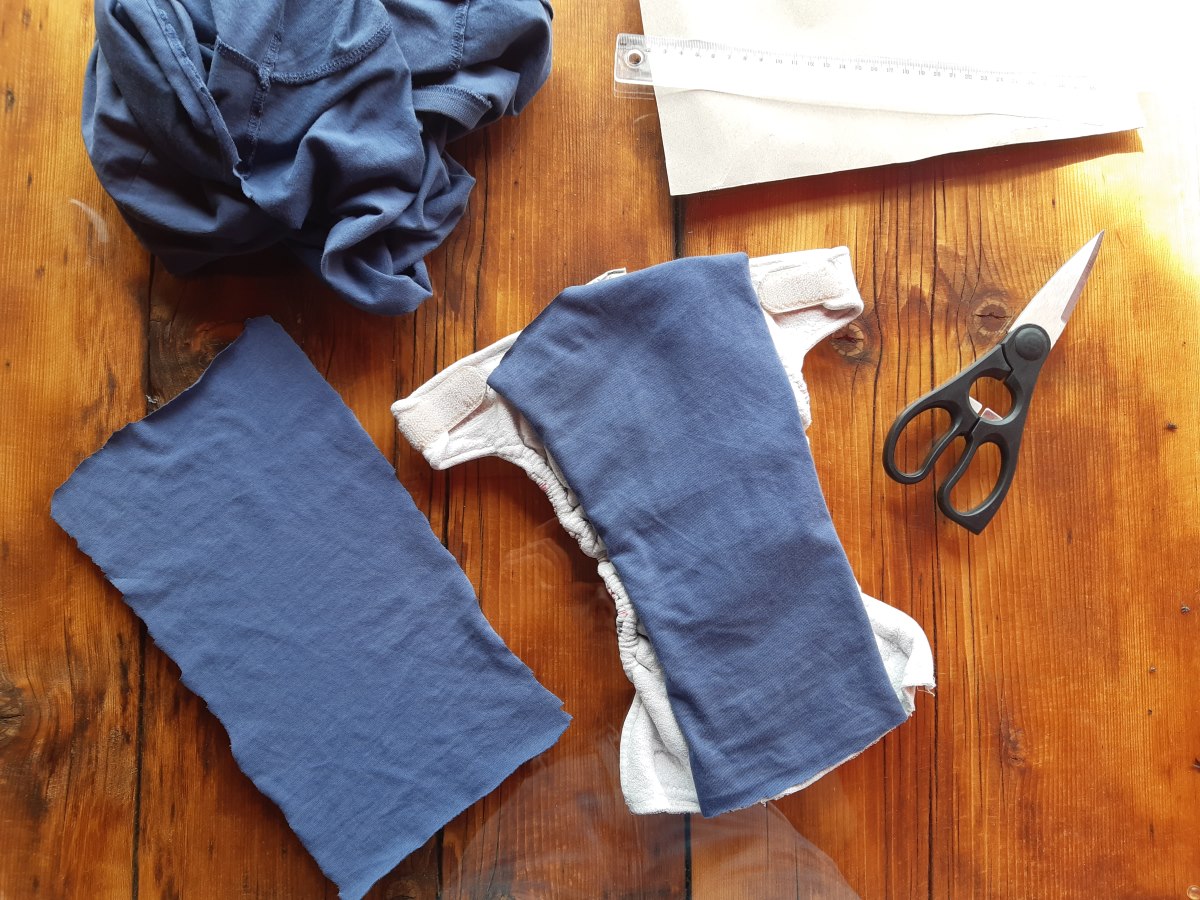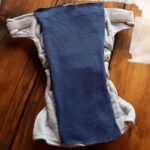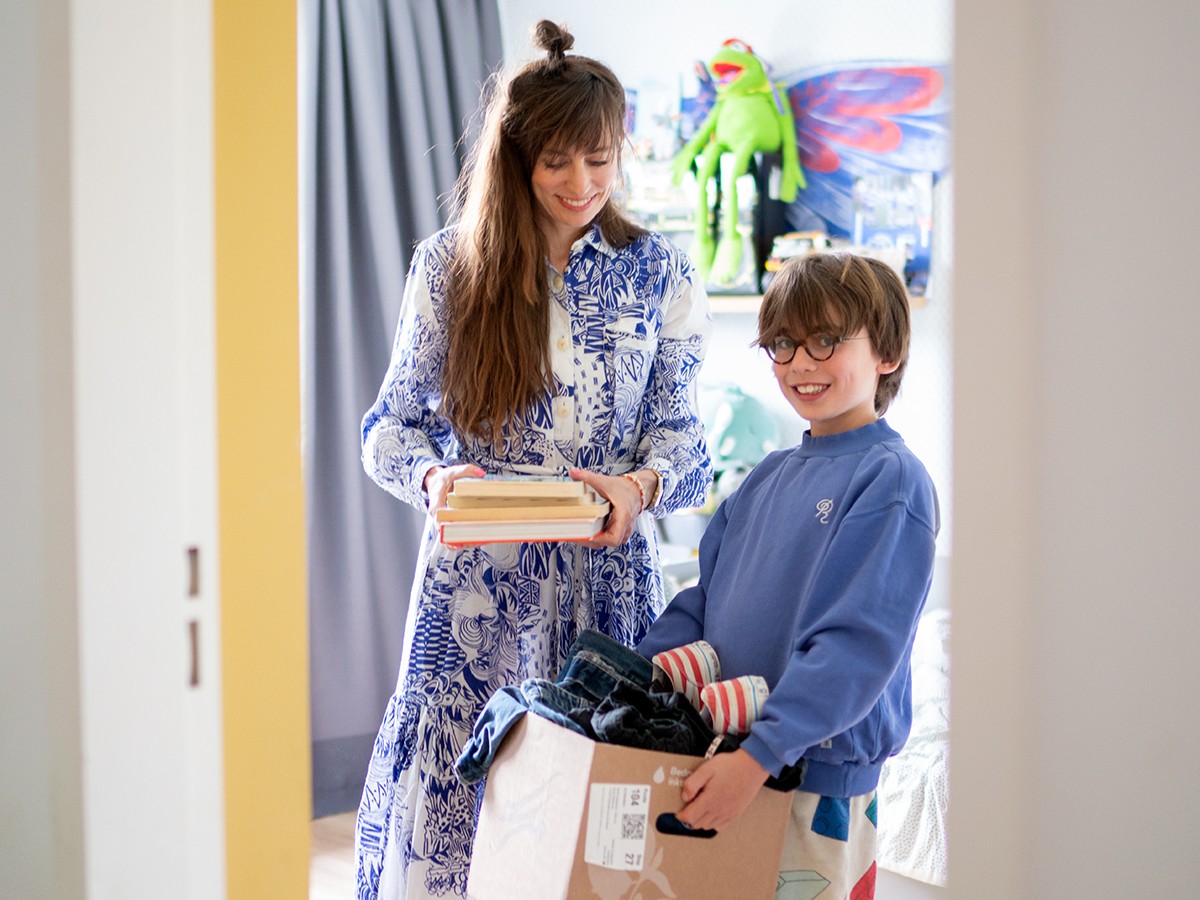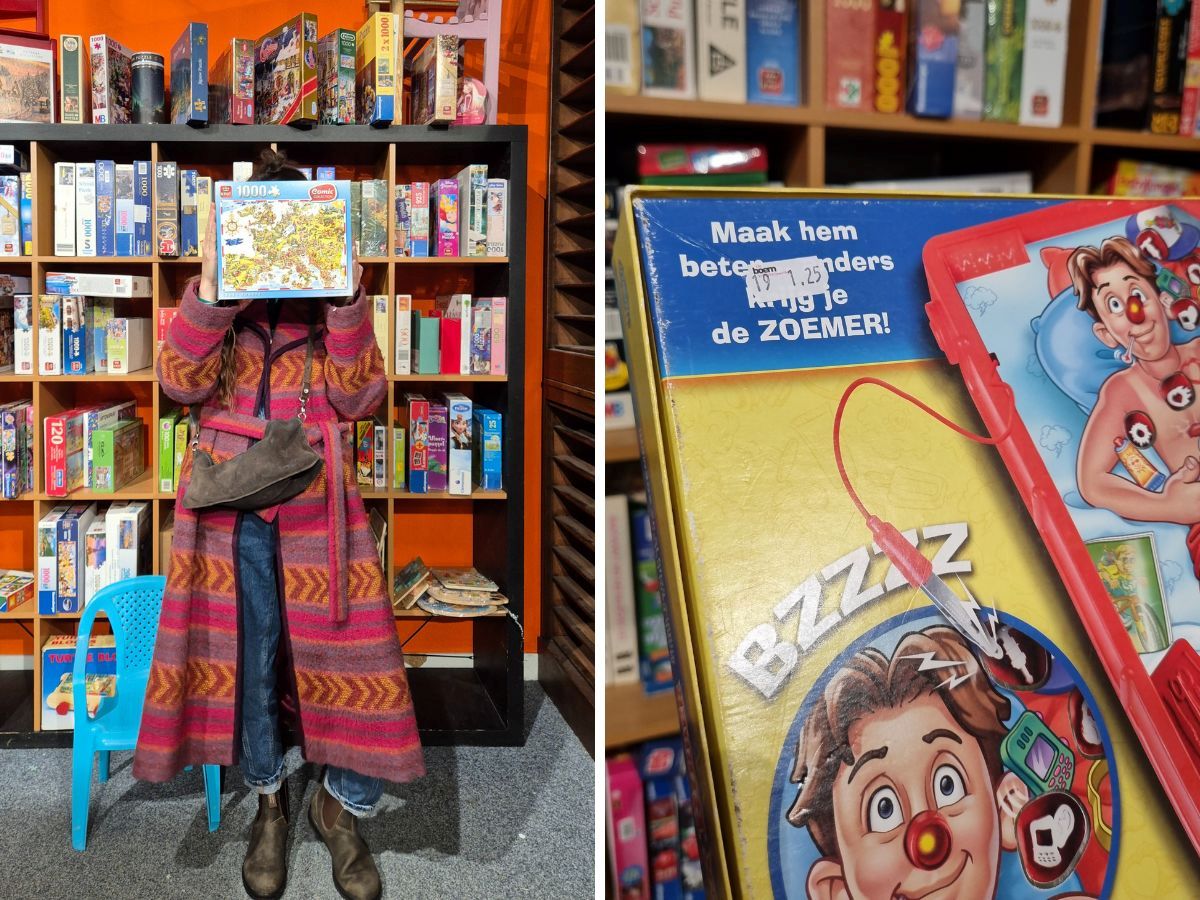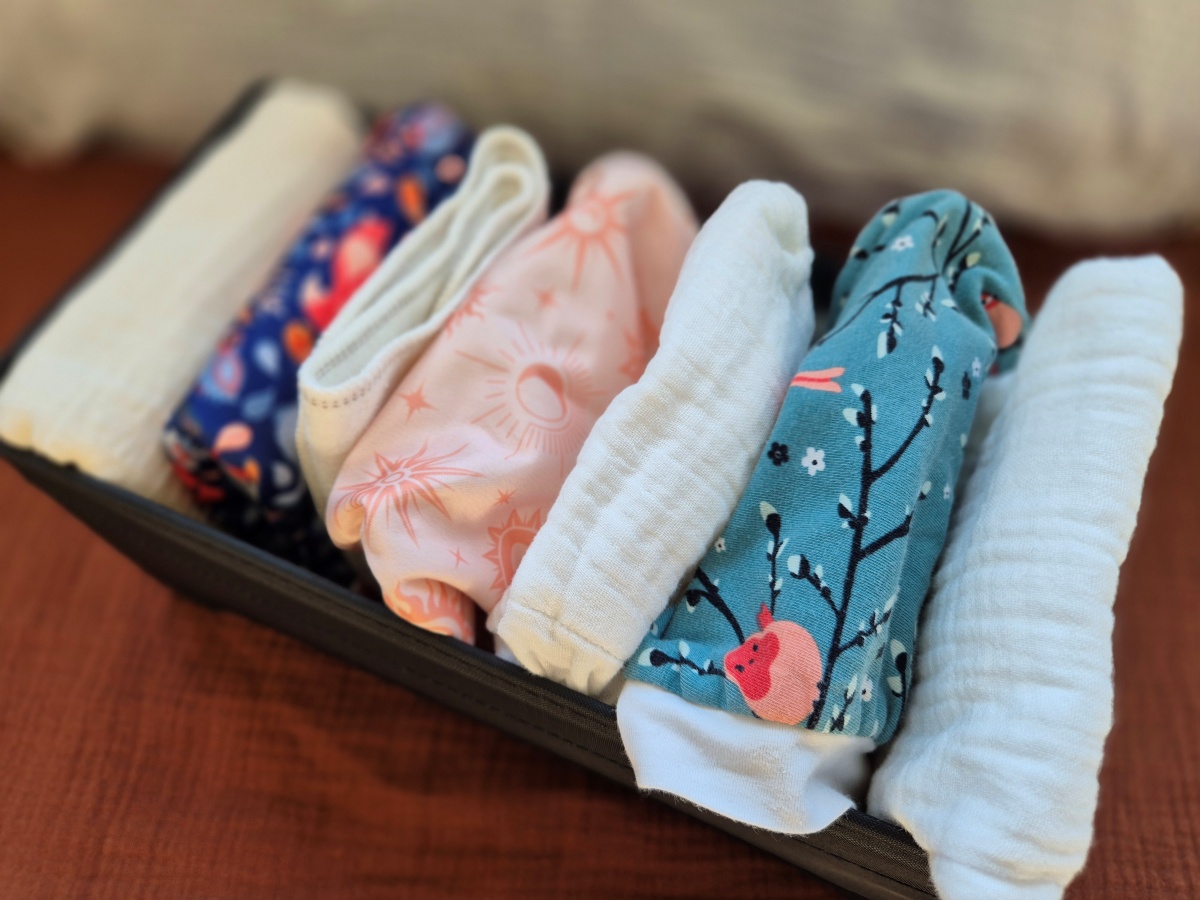‘What do you do with the poo?’ That is by default the first question people ask when talking about washable nappies. Well, luckily there are very handy inserts for that. You put these in the nappy, and when your child does a big mess, the insert catches it so the nappy stays clean. Is the insert dirty? Then throw it away and use a new sheet next time. So in this case, you still have some waste. Is there another way? Yes, we will show you reusable alternatives and have a great DIY to make your own washable nappy liners easily and for free. Here it comes!
Why do you need inserts for washable nappies?
An insert sheet for a washable nappy looks a bit like a large piece of toilet paper, but a bit firmer. You place the insert on the top layer of the washable nappy. They are very useful for catching your baby's poo and thus protect the nappy. As breastfeeding poo is water-soluble, you won't need insert sheets yet while your baby is still mainly breastfeeding. You can simply put the dirty nappies in the washing machine: the breastfeeding poo will dissolve on its own. As soon as your baby starts eating solid food, you can no longer put the faeces in the washing machine. Liner sheets are nice then, because they catch the poo which you can then easily throw in the toilet and the liner in the bin. Most panty liners can be washed several times if your baby has only peed.
This is why inserts belong in residual waste
Inserts for washable nappies are often made of viscose or cellulose and most of them state on the packaging that they are biodegradable. Unfortunately, this term is misleading, as often the natural fibres are processed in such a way that they still take a long time to break down. Inlay sheets should therefore not be included in the organic waste, also because of the poo. Flushing panty liners down the toilet is also not a good idea, even if the manufacturer says it can be done, as it can cause blockages.


Different types of disposable inserts (pictured left) and an example of a pre-shaped nappy with insert (pictured right).
Reusable inserts for washable nappies
So with inserts, you still have some waste. If you prefer to go completely zero waste, there are also reusable inserts. These are usually made of polyester fleece. Plastic, in other words. And fleece is a material that produces a lot of microplastics during washing. You can read more about microplastics and washing here. Not ideal, then. There are also natural reusable inserts made of silk, only here the disadvantage is that you can only wash them at 30°C at most, and hand washing is recommended. In addition, reusable inserts are not meant to be thrown away when they get dirty, which is quite nice in some cases anyway.
Luckily, we have a solution that is both zero waste and natural, and that you can throw in the bin without any problems. Because you can easily make your own insert sheets for washable nappies from old cotton fabric, just think of that old T-shirt or worn-out fitted sheet. If you use a fabric that doesn't fray, you don't even need a sewing machine. Another advantage is that you can wash these inserts without releasing microplastics.
DIY: making zero waste inserts for washable nappies
Tools
- scissors
- 100% cotton fabric that does not fray, such as old T-shirts or fitted sheets
- piece of cardboard
Instructions
- With your washable nappies, measure how big the inserts should be. It is useful to make the inserts slightly larger than the absorbent part, so you can fold the edges and they will stay in place better.
- Make a template from cardboard with the desired dimensions.
- With the cardboard template, you can now easily and quickly cut out the inserts.
Notes




Measure the size required for the insert. 2. Cut out a template from cardboard. 3. Use the template to cut out the fabric. 4. This way your washable nappy is well protected.
More washable nappy tips from thegreenlist.nl
- What are washable nappies actually made of? Find out what materials are used for washable nappies here.
- Can't see the wood for the trees with all those different types of washable nappies? Here we have listed all washable nappies.
- Want to know exactly how to wash wash washable nappies? In this article, we explain step by step how best to wash wash washable nappies.
Sources: Green Jump. Photo credits: Kirsten Schoner.

